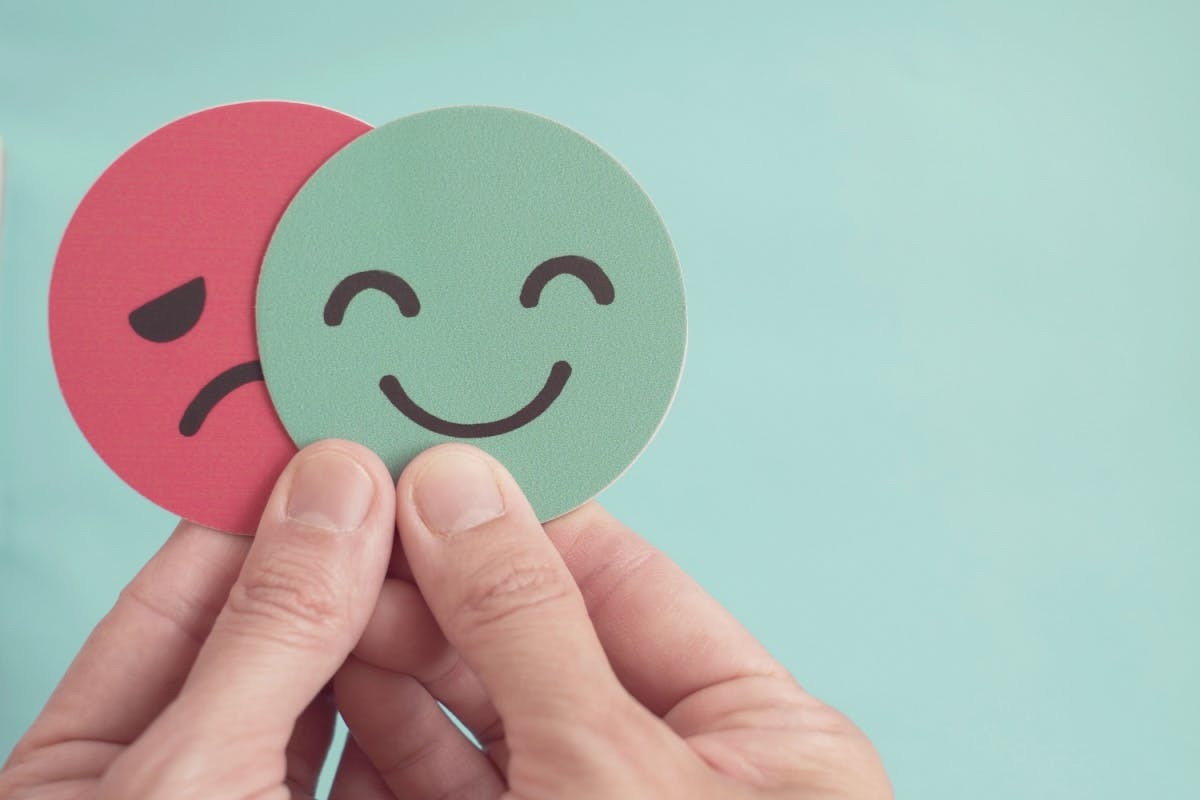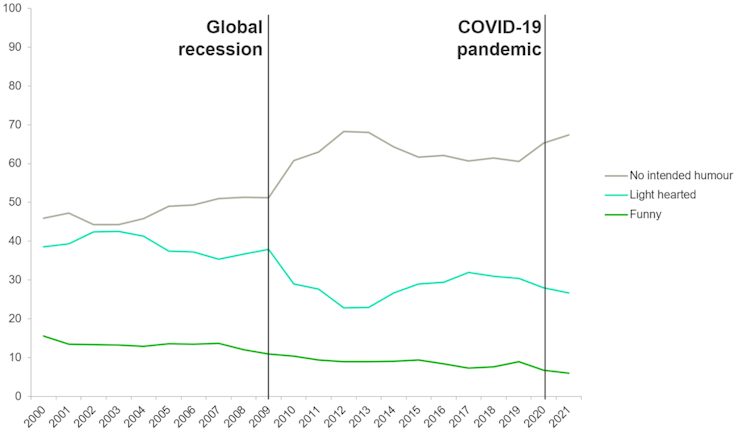 The primary job of any ad is to be noticed. There are various ways to go about this, with common approaches including size – double-page spread, a Piccadilly Circus billboard – or stand-out creative. But there’s another way to go about it, which I would argue is one of media’s most underused strategies: targeting mood. Because there is evidence that reaching individuals during joyful moments will increase the chance they’ll notice an ad.
The primary job of any ad is to be noticed. There are various ways to go about this, with common approaches including size – double-page spread, a Piccadilly Circus billboard – or stand-out creative. But there’s another way to go about it, which I would argue is one of media’s most underused strategies: targeting mood. Because there is evidence that reaching individuals during joyful moments will increase the chance they’ll notice an ad.
One study showing this comes from Fred Bronner, a professor of advertising at the University of Amsterdam, in 2007. He asked 1,287 participants to flick through a newspaper and then answer questions about which ads they remembered. He also assessed their mood with a questionnaire.
And when he analysed the results, he noted that those who were feeling cheerful recalled 52% of ads, whereas those who were unhappy remembered just 35%. That’s almost a 50% uplift in recall between bad mood and good.
It wasn’t just happiness that mattered – levels of stress were important too. Relaxed participants noticed 54% of ads, whereas those who were stressed remembered a mere 36% – again, a 50% improvement between stressed and relaxed states. This size of effect should not be ignored.
It’s not just memorability that shifts with mood. When we’re feeling happy and relaxed, we are also more likely to believe what ads say. Maybe we extrapolate our good mood and reduce our levels of cynicism.
I carried out my own research to explore this, showing 2,035 participants an ad and asking whether they liked it and believed it. I also checked in on their current mood on a scale of 0 for the depths of despair to 10 for a state of jubilation.
The results were significant. When consumers were happy (scoring 7 or more on our scale) 21% of them liked the ad. In contrast, only 13% of unhappy people (scoring 6 or less) liked the ad. That’s a 62% swing in favour of the ad when people feel cheery.
It seems, not unsurprisingly perhaps, that any sense of sadness or grumpiness spills over into our interpretation of an ad message.
What the heck, I’m feeling generous
Mood spills over into other areas too. When feeling upbeat, we’re more likely to feel positive about the benefits a product will give us – and, importantly, feel more inclined to pay for it.
Ben Saxon of News UK, Chris Davies of Dentsu and I investigated this question in a recent study. We showed 821 respondents two ads for products on promotion (a pizza-and-beer deal and, separately, a bottle of Baileys). They were then asked to rate the offer on a five-point scale, as well as rating their mood.
Results showed that in a bad or very bad mood, 60% of participants thought the product was good or great value. Not bad. However, among those in a good or very good mood, that figure jumped to 76% – a 26% improvement.
This suggests that your customers are more likely to be seduced by your offer when they’re feeling positive.
Where’s the wit?
So, it’s clear that you should aim to reach your customers when they’re naturally feeling chirpy.
Alternatively, why not create the mood with your ad? With such strong evidence for the benefits of good mood, you might expect that ads would try increasingly hard to make their
This is a missed opportunity. A light-hearted approach in your creative will be more likely to build good vibes towards your brand than anything too earnest.
The take-home message is clear. Both media and creative would do well to target, and create, joyful moments. Maybe that’s payday, or a birthday – or the weekend supplements served up with coffee.
Lire l’article complet sur : www.marketingweek.com



Leave A Comment